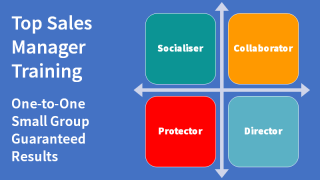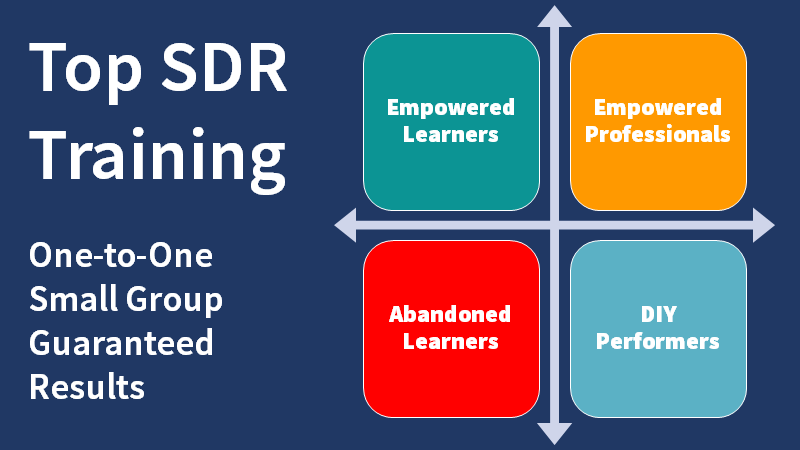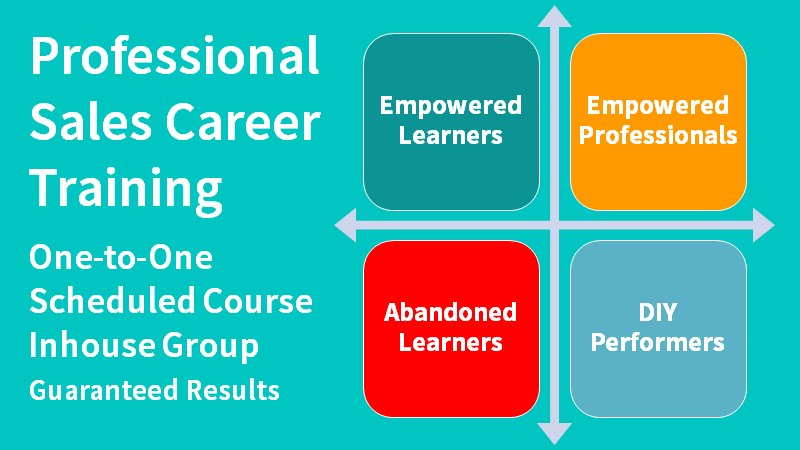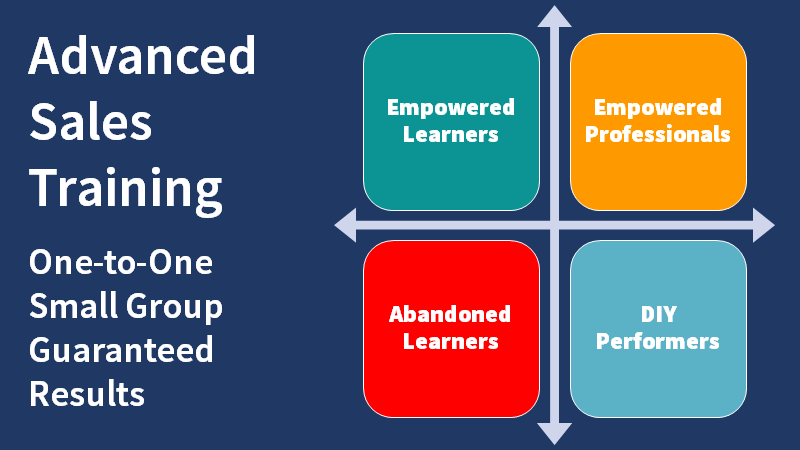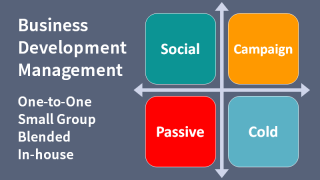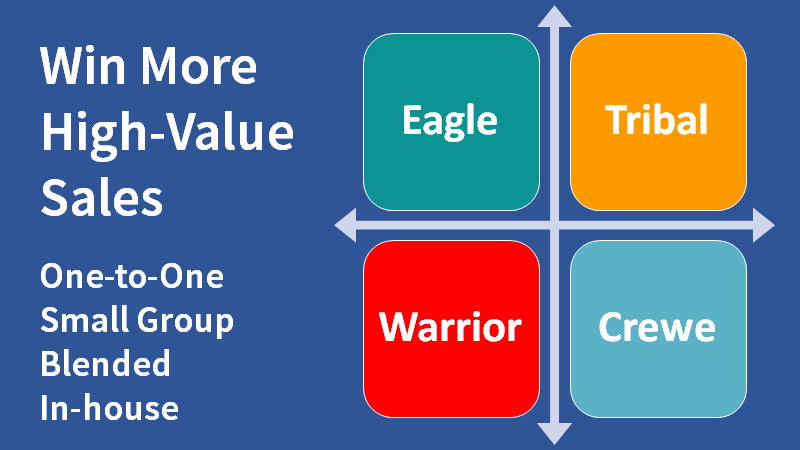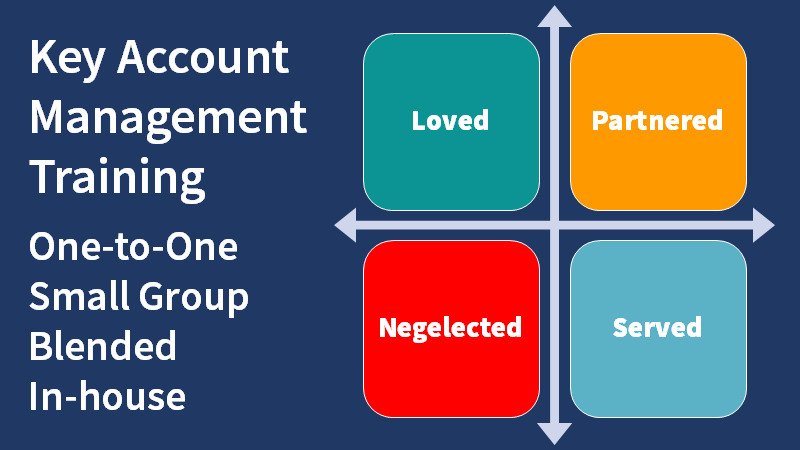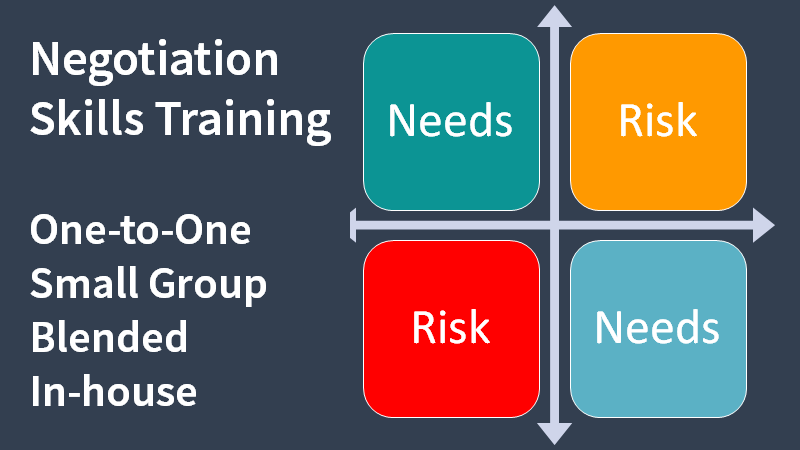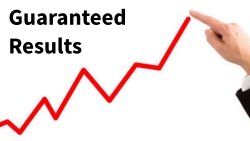Assess business sales and marketing efficiency with these frameworks and questions.

They read your watch and tell you the time. Consultants certainly do this. It is a valuable service because we get too bound up in our own operations and lose the ability to read our own watch! A professional review makes a significant contribution to business sales and marketing efficiency.
In the next several paragraphs I will share the parameters we examine to answer the following questions,
- Is the sales and marketing operation using resources effectively?’
- Are the important sales and marketing KPIs being monitored?
- Are the sales and marketing operations aligned and optimised?
You may be responsible for an entire business, a division, a department, or only your own sales territory. You can still make use of the following list to read your own watch to assess the effectiveness of what you do.
1. Answering the top six customer questions
Customers don’t always ask all of these questions out loud or in a direct manner however; all six questions are entirely obvious. Watch this short video for the questions and example responses or read the accompanying transcript.
When you have collected or listed the top customer questions, ask yourself or your organisation how it answers each one. If you get inconsistent or unconvincing answers, you have uncovered a way to improve your public face and increase your sales.
2. Market and industry understanding
We use a simple questionnaire to assess market or industry knowledge and understanding. Here are six simple questions from our questionnaire that you can use to test peoples' knowledge and understanding:
- How big is the total market for your products or services?
- What is your market share?
- Who are your major competitors?
- What are their market shares?
- Who is gaining or losing market share?
- Why are they gaining or losing market share?
In many cases, these questions are difficult to answer. It may be necessary to put some arbitrary constraints on how you consider the question, for instance, selected geography or vertical markets. Those who know or can make an accurate guess, have a good understanding of a market or industry. Those who don’t would benefit from knowing the answers. Confidence in one's understanding communicates itself to customers in many subtle ways.
3. Customers and prospect understanding
Those who can answer the questions from No. 2 above, for the market or industries addressed by their top customers, demonstrate a high level of customer understanding. The proportion of staff with account responsibilities, who can give good answers to these questions, provides an indication of sales team health in this respect.
4. Value proposition articulation
If a high proportion of customer-facing staff can convincingly express the bottom-line business value of your products or services, then your team is in good order. Pose this question informally, to a representative set of people and assess your organisation's comparative health for communicating value.
Perspectives 1 to 4 can be conveniently assessed individually or across whole teams using our unique Sales Knowledge Assessment.
5. Sales and Marketing Alignment
- Are your sales and marketing objectives aligned?
- Can marketing staff be seen as successful regardless of sales performance?
- Can salespeople be seen as successful regardless of marketing performance?
Any misalignment or lack of interdependence is accentuated by challenges. In times of difficulty, one or both sides will blame the other.
Over time, having disconnected objectives drives a wedge between sales and marketing that undermines overall effectiveness.
6. Marketing efficiency measurement
We use a questionnaire to assess and quantify marketing effectiveness. Extensive customer surveys aren't necessary to gauge the volume of outbound lead generation or inbound enquiries. Even brand recognition can be estimated. Efficient collection of data provides the required answers. These things are easy to examine with a spot check. Measuring sales and marketing efficiency together with sales and marketing alignment is the purpose of our Business Assessment Tools.
7. Prospect identification and qualification
Choosing the right things to work on has a major impact on efficiency. Consider the steps do you take to ensure that salespeople only work on opportunities that are real, that you can win, and which will be worthwhile. Do you have ideal prospect profiles and qualification checklists that are used by both sales and marketing to optimise the value of what they do? If not, creating profiles and checklists offers a significant performance improvement t opportunity.
8. Sales pipeline management
It is relatively easy to calculate how many orders are necessary to achieve a sales target. Likewise, the number of prospects necessary is indicated by a measured prospect-to-order conversion ratio. Similarly, the number of leads and enquiries needed can be estimated, as can the required number of contact events. Once you take the necessary measurements and monitor the trends, you can predict sales pipeline problems in time to take action. For a fuller explanation, read this article about pipeline management.
9. Sales skills, habits, and practices
To begin measuring conformance you will need a sales competency model that defines the necessary skills, habits, and practices. Larger organisations may already have such models for use in appraisals and staff development. We offer self-calibrating sales skills assessment tools to assess and improve the adoption of best practices.
10. Repeatable, manageable sales processes
The first question to ask is, ‘What are our sales processes?’ You may have different ways to sell different products or services. The process steps will be generally consistent whether or not you have defined them. It may be that different individuals or teams use different processes to achieve a sale. If the steps taken to win business are not defined or understood, their effectiveness can’t be measured. Measurement offers the opportunity of leveraging what works well and improving what doesn’t.
11. Use of resources
Whether you are operating as an individual or managing a team, it is vital to maximise effort where it can yield the best results. For sales and marketing operations, resources are mostly people with specialist skills, both inside and outside the organisation. Effective deployment of resources requires an in-depth understanding of the answers to many of the questions above. If a sales target can be likened to a military objective, then the military strategy has significance for the leadership and management of sales operations.
12. Overall sales and marketing efficiency
To calculate overall efficiency, we favour expressing the cost of selling as a % of revenue or profit. Taking into account all sales expenses, you can obtain an expenses-to-revenue or expenses-to-profit ratio.
If you don’t already measure this ratio, you should find that your accounts include a history of the numbers. If you monitor the trends, you will know if your operation is becoming more efficient or declining in its effectiveness. In our full health check, we identify the factors and how they are contributing to the results.
This model provides a framework for conducting your own comprehensive sales and marketing effectiveness check. Normally this exercise reveals many opportunities for improvement. In our experience, it is well worth the effort. If you think this is important and don't have the resources to carry it out, paying a consultant to read your watch and tell you the time will be a worthwhile investment.
Article by Clive Miller
If you need to improve business sales and marketing efficiency or execution, we can help. Telephone +44 (0)1392 851500 for more information. We will be pleased to learn about your needs or talk through some options. Alternatively Send email to custserv@salessense.co.uk for a prompt reply or use the contact form here.



